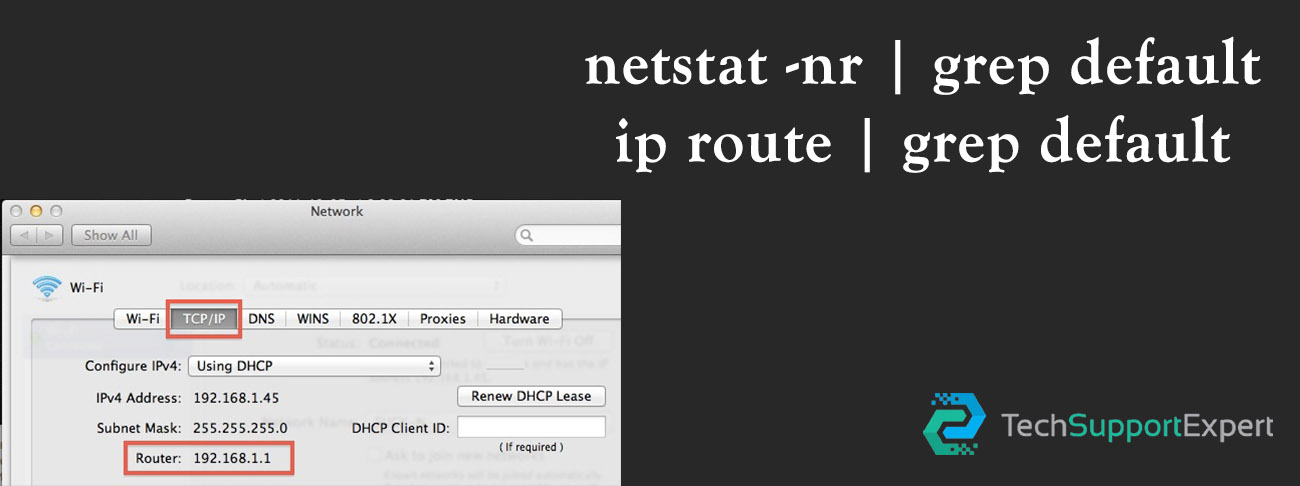

How to insert and retrieve data pertaining to TTL for columns.

This tutorial shows the difference between these consistency levels and the number of replicas that participate to satisfy a request. How to alter a table to add or delete columns or change table properties.Īdding columns to a user-defined type with the ALTER TYPE command.
#SEE MAC ON LINUX UPDATE#
How to batch insert or update data into a table.Īn index provides a means to access data in Cassandra using attributes other than the partition key for fast, efficient lookup of data matching a given condition. How to insert data into a table with either regular or JSON data. How to create collections and user defined types (UDTs) in tables.
#SEE MAC ON LINUX MAC OS#


You might have only a few on a laptop, while connected routers could ultimately list dozens of different connections if they’re sending packets in many different places. As soon as you’ve run it, you’ll receive the MAC hardware address for each networking device attached to the system. Once again, you won’t have to be root to run this command. You might instead want to hold down Shift+Ctrl+V, but the normal Ctrl+V keyboard shortcut won’t work. If this command is long and you’d like to copy it from this article, then remember that you’ll need to paste from the Edit menu in your terminal window. At the prompt, type ifconfig -a | grep HWaddr and then push enter. Like with almost everything on the Linux command line, there is more than one way to find MAC address data. Method 2: Find MAC Address with the ifconfig Command This one single command is enough to find the answer to your question without any further playing around. There really isn’t anything to do, though. You don’t want to share your MAC address with people! For security reasons, our screenshots were taken in a virtual machine, so we only had this adapter. You’ll also find link/loopback more than likely, which will consist of all zeros. You’ll quite possibly see more than one of these references if you’re on a beefier modern desktop computer or a laptop that you’ve personally upgraded. A reference to link/ether would point to your Ethernet connection. For instance, you might see wls1:, which probably indicates a Wi-Fi connection that you’re working with. You’ll be given a list of MAC address figures and you simply need to look for the name that GNU/Linux gives to your network adapter. Method 1: Find MAC Address Numbers with ip linkĪt the prompt, simply type ip link and push enter. You can work from whatever prompt you’re given. Those using Xfce4 can find it on the Whisker Menu in System Tools, and LXDE, KDE and GNOME Shell users should find it on the menu in the same place. Ubuntu Unity users can search for the word terminal on the Dash. Graphical desktop environment users can usually hold down Ctrl+Alt+T to open up a terminal. You’ll need to be working on a command line interface to find MAC address information, but you won’t need to be logged in as root. Users with multiple networking interfaces will end up with more than one address to take a look at. Each computer network interface receives a unique Media Access Control (MAC) address, which explains what device it belongs to. If you need to find MAC address numbers for any network interface attached to your computer, then Linux makes this quite easy.


 0 kommentar(er)
0 kommentar(er)
